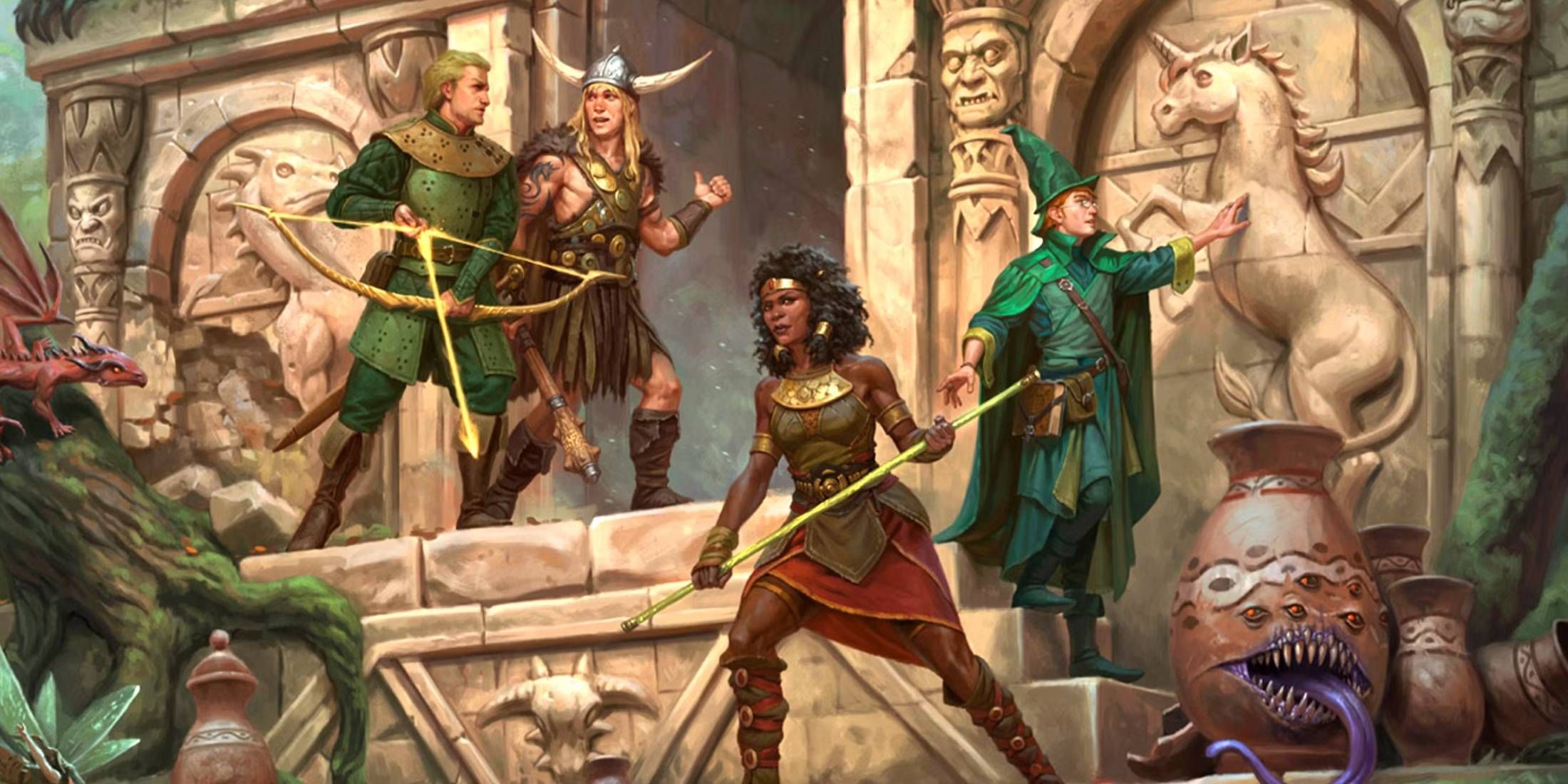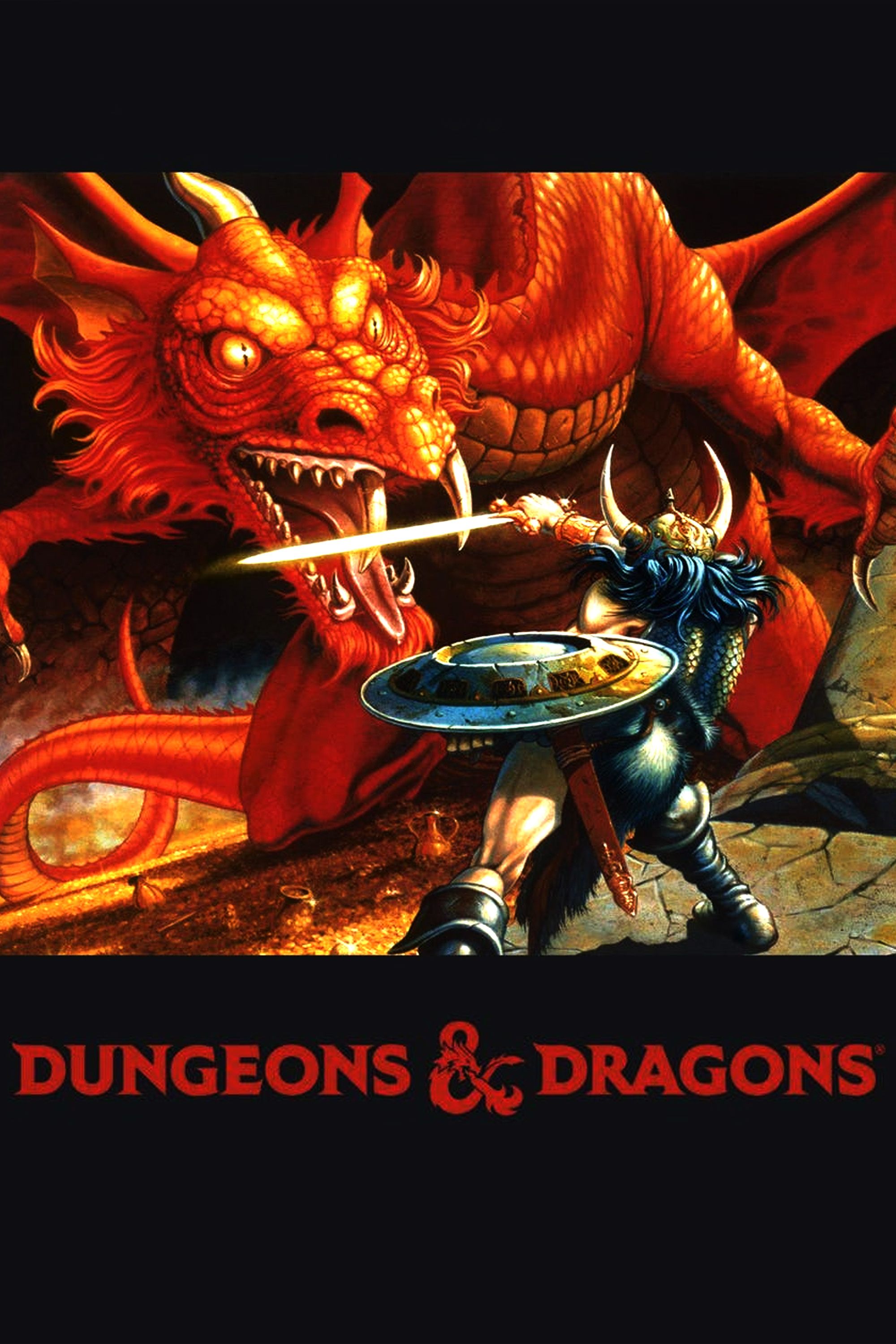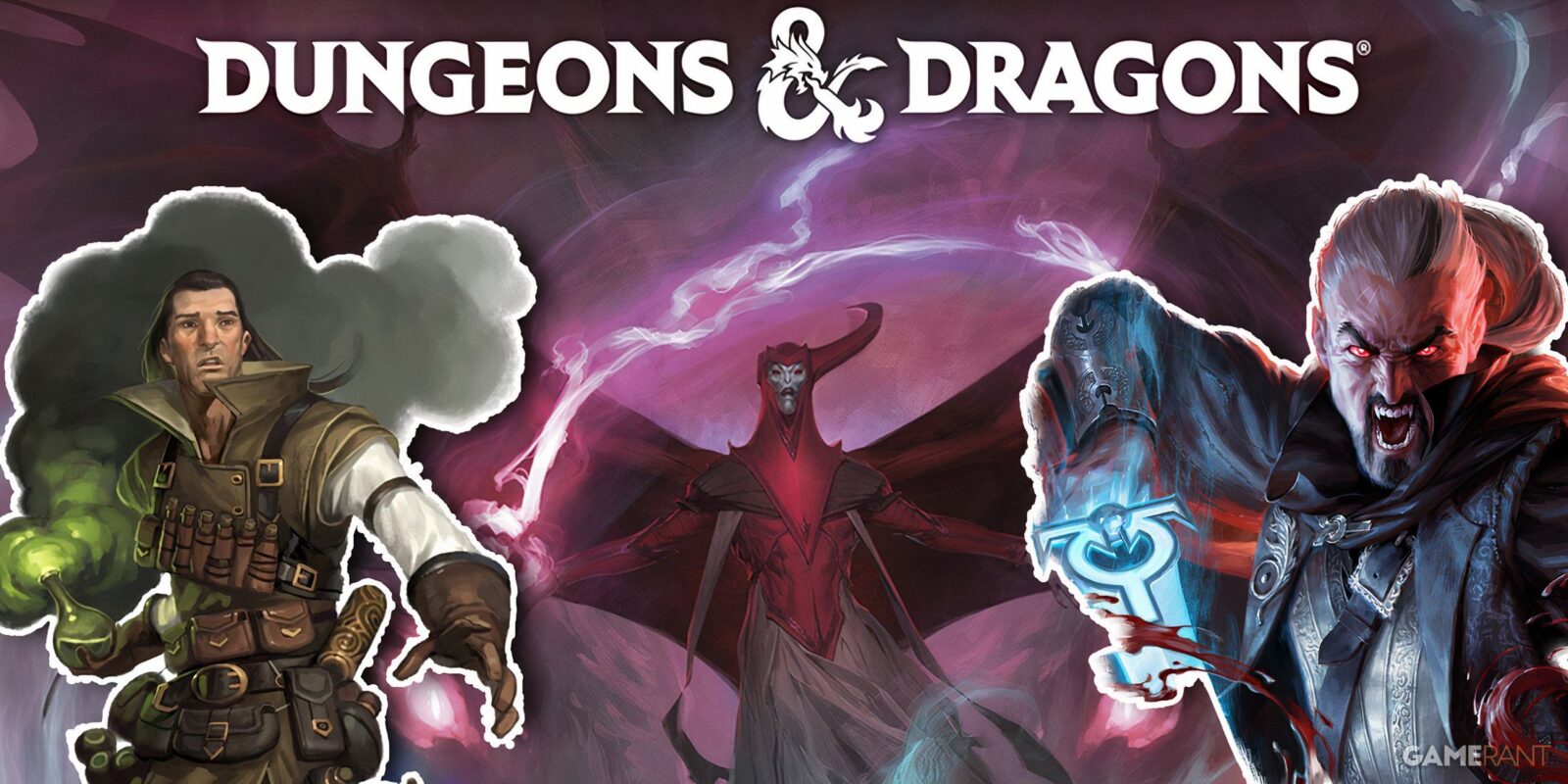As an update to the established Dungeons and Dragons 5th Edition, the 2024 Player’s Handbook has been designed as a refinement rather than a full replacement of the current ruleset. Known as 5e 2024, this edition is aimed at streamlining mainstay mechanics like Fighting Styles and Backgrounds while maintaining the core experience that has kept the game popular for the past decade. While one addition hasn’t been made yet, it seems like an increasingly likely possibility that a new class could come if Dungeons and Dragons continues on this path.
The apparent long-term sustainability that the new edition has been constructed around is an intriguing dynamic in the context of overall similarity to the existing 5e system. It hardly alters many key elements in favor of seemingly tweaking them around player feedback, but the eventual implementation of a brand-new class could see Dungeons and Dragons 5th edition 2024 delivering a satisfying evolution of the IP.

Related
The Three Pillars of Dungeons and Dragons Campaigns Explained
Every Dungeons & Dragons campaign is different, but almost all of them are held up by three elements that players will encounter.
Dungeons and Dragons Has Hardly Seen Meaningful Iteration on Its Class System Since 3.5 Edition
The Historical Context of DnD’s Primary Class Options
Since the corrections to the missteps of 4e, Dungeons and Dragons‘ class system has seen relatively little change in the past two decades. Fighter, Cleric, and Wizard were the original three which existed during the game’s inception in the 1970s, and everything else has basically been codified into distinct archetypes that started by splitting off from those. The likes of Monk, Druid, and Ranger all began as subclasses in their first appearances, but have since developed clear identities which necessitate granularity of their own.
Sorcerer and Warlock Stand as the Most Recent Inclusions as of the Early 2000s
As the most significant additions to the core class line-up, the Sorcerer and Warlock of Dungeons and Dragons were brought in as bold takes on spellcasting during the era of 3.5e. Twists on the standard Wizard’s magic, Sorcerers brought a flexible and intuitive approach to magic, while Warlocks introduced unique, personalized mechanics around its pacts. Now that these innovations are pushing past 20 years of age, however, the question of meaningful iteration has risen once again.
Several Niches Remain Unoccupied for a New Class to Fill in Dungeons and Dragons 5e 2024
Most Ability Score focuses are covered across the board, with nearly every practical combination of them covered by at least a subclass. When it comes to full-fledged options, there are still some angles which haven’t been fully explored as core visions for building a character.
Notable options which have previously shown up in a smaller capacity or have fallen to the wayside include:
- Artificer – Despite originating from the Dungeons and Dragons Eberron campaign setting, this more elaborate, Intelligence-based concept could be adapted in a manner similar to how it appeared in Tasha’s Cauldron of Everything.
- Psion/Mystic – A spellcaster focused on psionic damage entirely would occupy a novel area of expertise, and the various attempts at this idea from past supplementary material can inform a more complete vision.
- Blood Hunter – A popular creation which spawned from the Critical Role live-play show, this edgy concept actually fills an interesting niche. It could serve as a welcome Constitution-centric class while also tapping into elements of a blood mage through its Hemocraft abilities.
- Warlord – The concept of a martial non-magic support class is potentially the only role which is truly missing, and this commander-type theme could aid allies through simple buffs and tactical maneuvers.
Bridging the Gap Between Subclasses and Full Classes
Some more specialized archetypes, such as the Fighter Cavalier or Artificer Swordmage, have historically existed as subclasses that always had the potential to evolve into more substantial offerings. They’d still be welcome in that capacity, but a prospect like characters totally focused on mounted combat above all is an example of what Dungeons and Dragons 5e 2024 shouldn’t ignore.

Dungeons and Dragons
Created by Gary Gygax, Dungeons & Dragons is a tabletop game in which players craft their own worlds and band together to take on adventures through mysterious realms outlined in companion materials. One of the best role-playing games ever made, it has been adapted into a variety of video games and other media.
- Franchise
- Dungeons & Dragons
- Original Release Date
- 1974-00-00
- Designer
- E. Gary Gygax , Dave Arneson











Leave a Reply